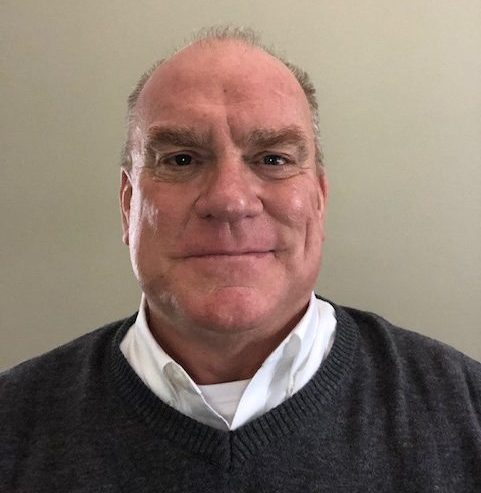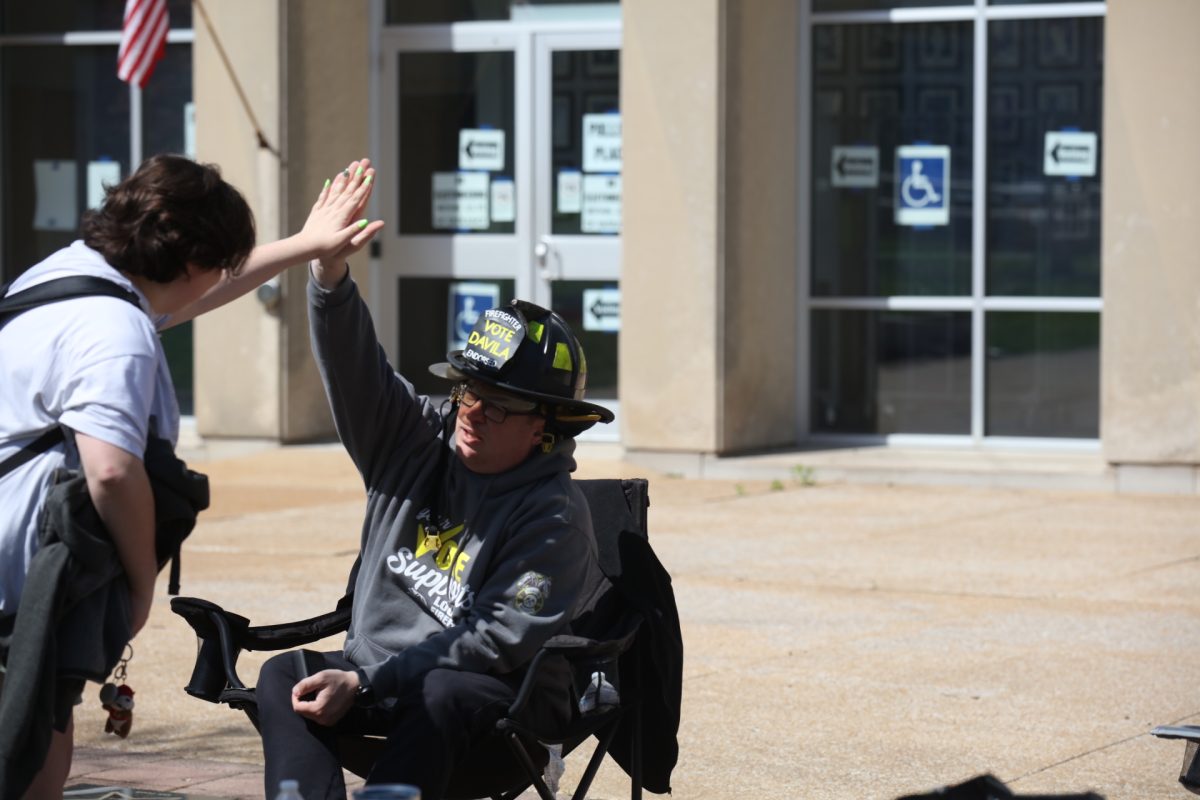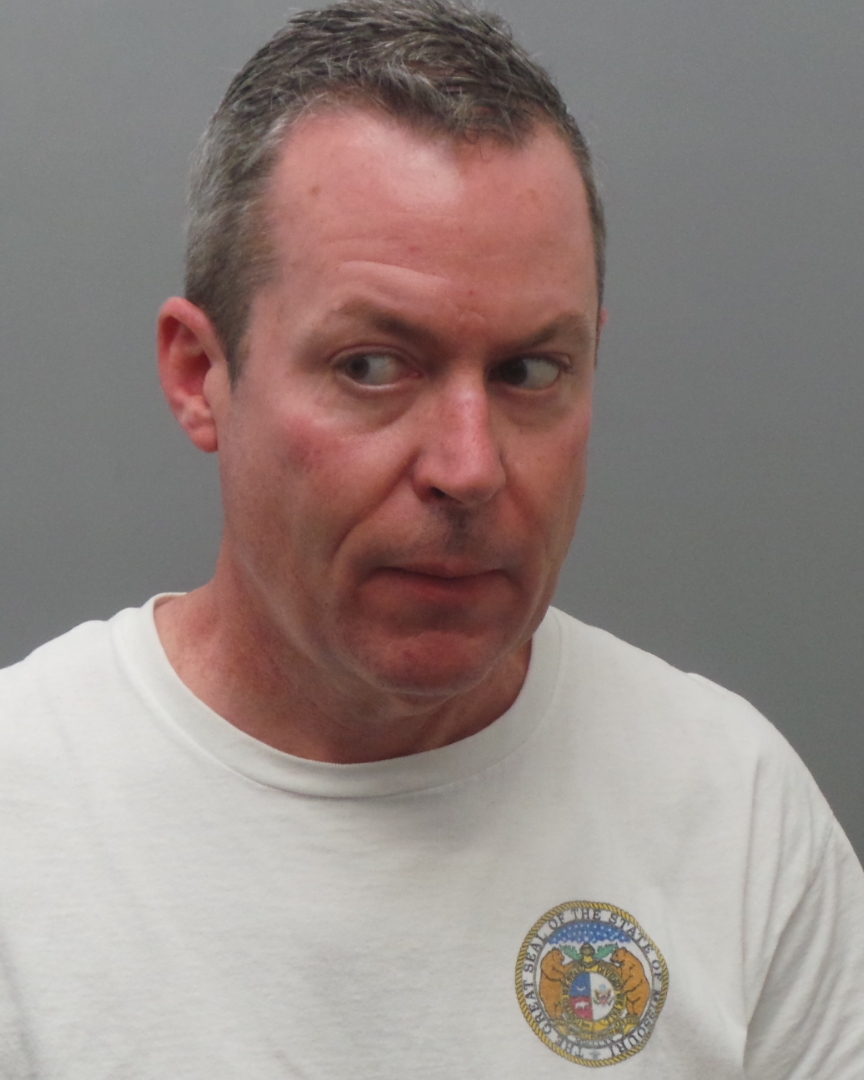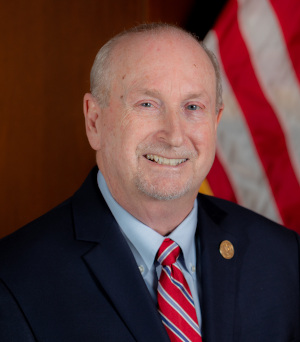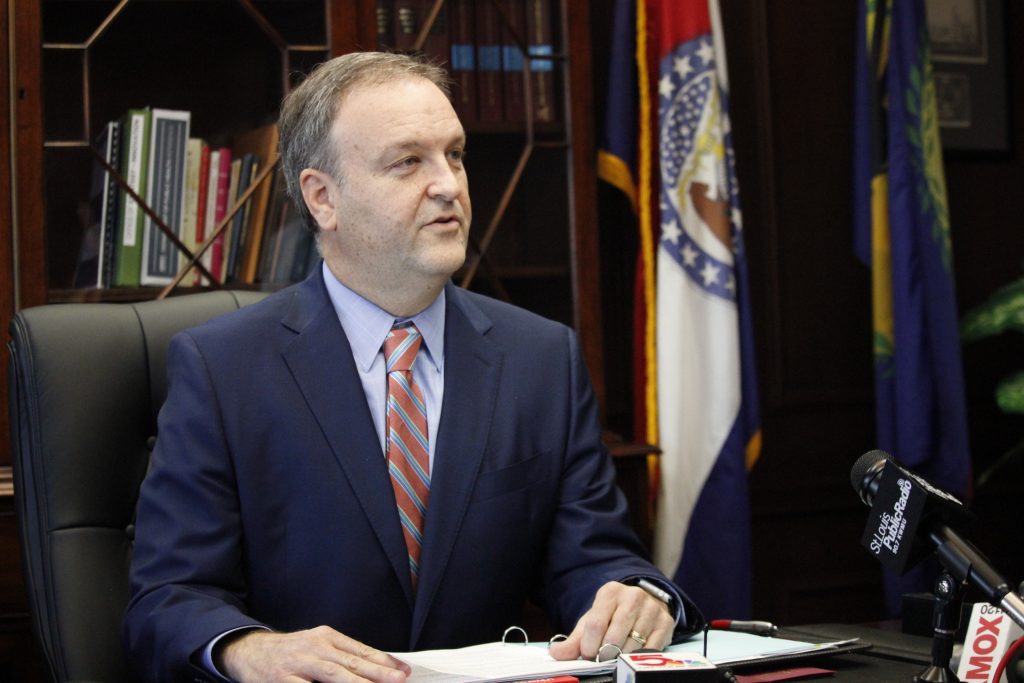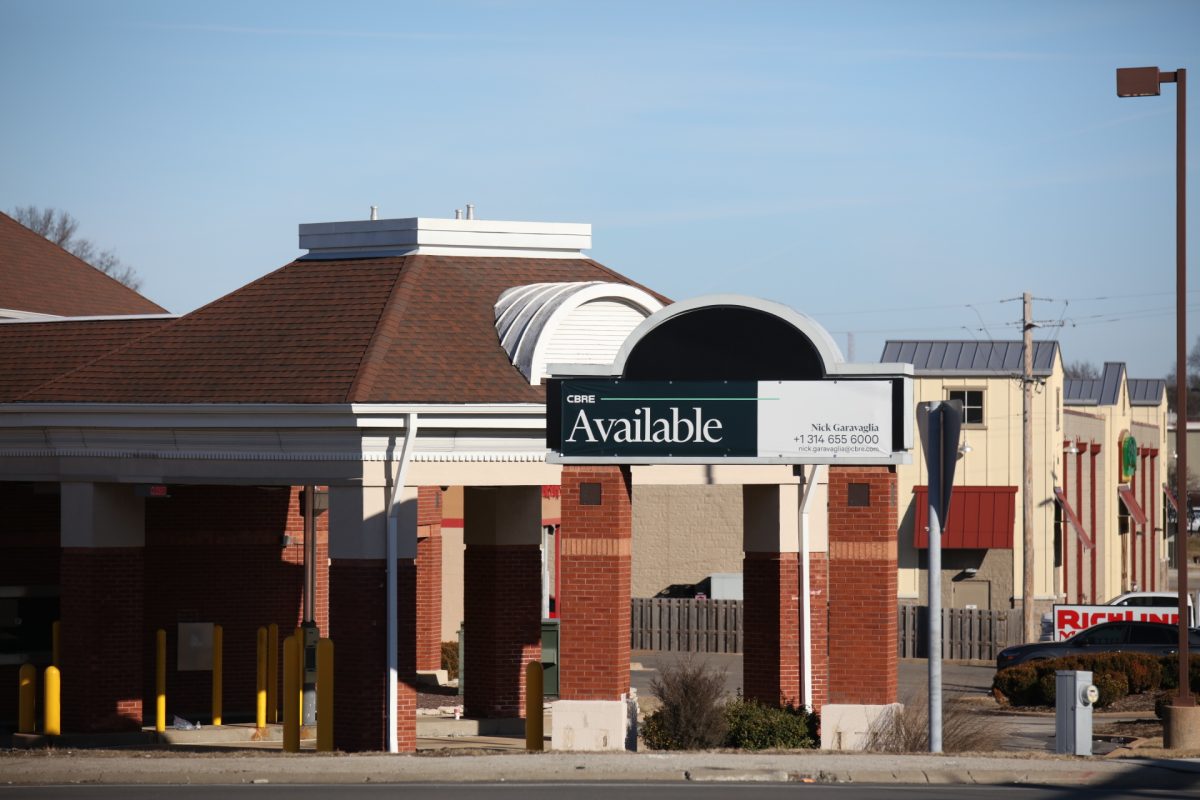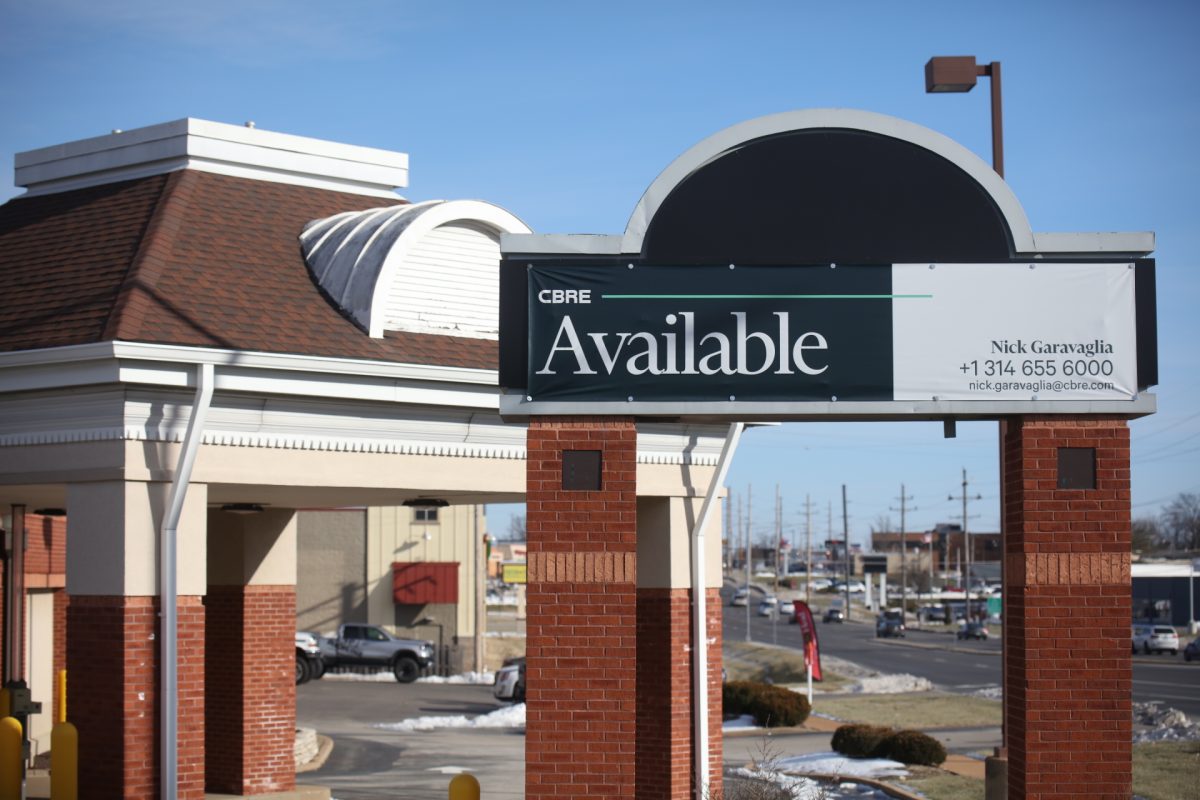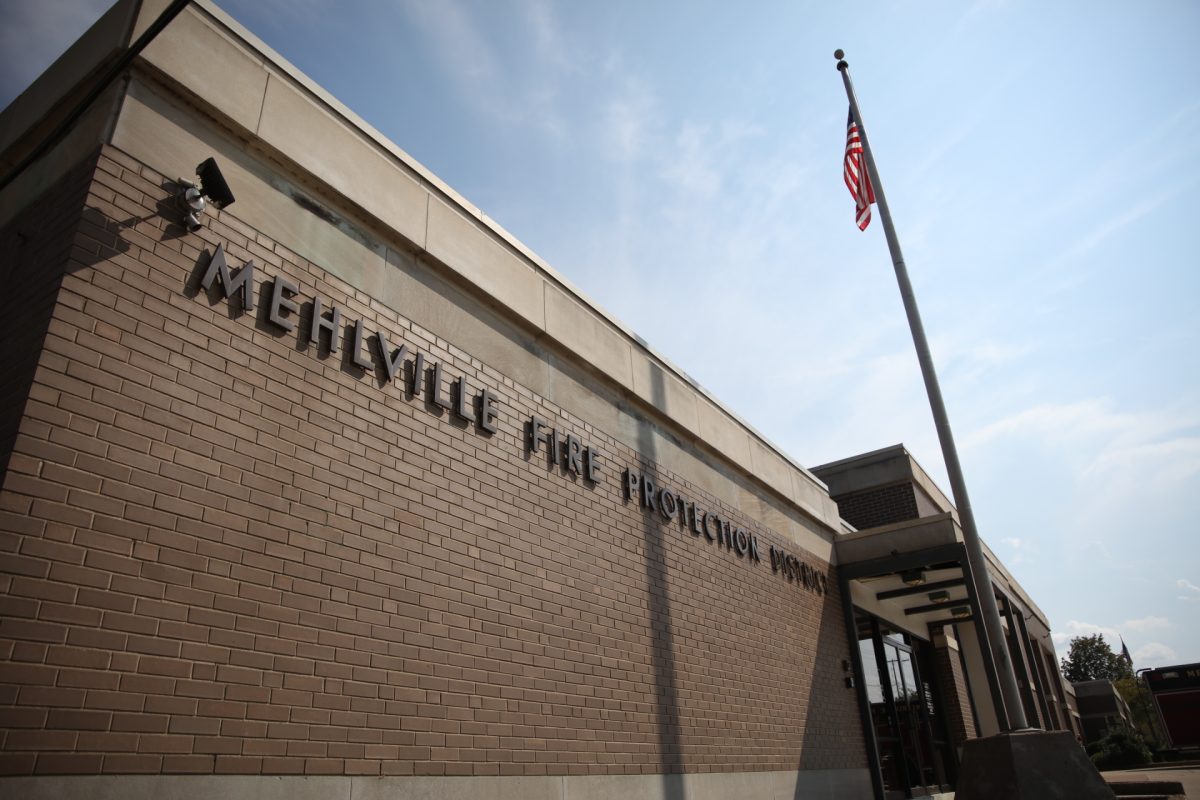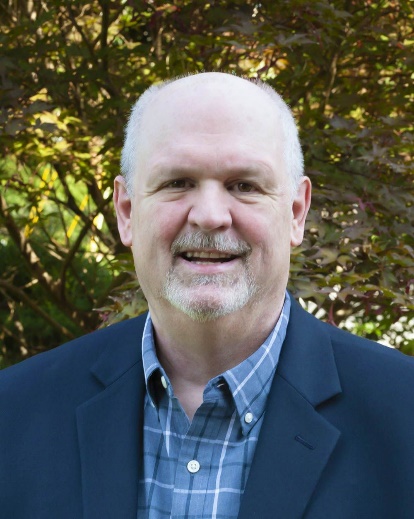Almost half a million customers of Missouri’s regulated utilities were behind on their bills in September, and 185,000 were working on payment plans to catch up with past-due accounts.
That data, from a report published in October by the Missouri Public Service Commission, isn’t complete enough to know if there are more customers now than last year at this time behind on their payments. But it does show the number of customers on payment plans is 81 percent higher than September 2019.
As Missourians struggle during the COVID-19 pandemic, utilities have implemented programs to help customers who have fallen behind on bills. But the costs associated with those measures may eventually mean higher gas, water and electric bills for all of their customers.
Many people fell behind in the spring as businesses closed their doors for local and state stay-at-home orders. About 200,000 people lost jobs as the state unemployment rate went from 3.5 percent in February to 10.2 percent in April.
To help, most utilities, whether regulated by the PSC or not, placed moratoriums on payment and waived fees for late payments.
“It was evidenced during the voluntary moratorium we imposed that customers elected not to pay their electric bill if they knew they could put off paying, despite additional payment plans we have put in place and other assistance available to help them pay off balances while they were smaller,” Evergy Metro Inc., an electric supplier to about 600,000 customers in western Missouri, wrote in a response to the PSC order directing utilities to report on COVID-19 costs.
All of Missouri’s large regulated utilities have either received or are seeking state approval to bundle extra costs related to COVID-19 for future rate cases. For Ameren Missouri, that cost has been $9 million through Sept. 30, Warren Wood, the company’s vice president of regulatory and legislative affairs, wrote in an email.
Most of the other utilities seeking an order allowing them to track their costs have not reported total amounts, and it is impossible to calculate whether that will eventually mean higher utility bills.
“If our requests are approved by the Missouri PSC, the recovery and timing of recovery of these costs would be determined as part of the next electric and gas rate reviews,” Wood wrote.
Many of the utility cases are pending. The two that have been approved so far, for Spire’s natural gas customers and Missouri American Water Company customers, include company help to bring accounts current.
Last week, the commission heard arguments over the plan submitted by Evergy, formerly Kansas City Power and Light.
Evergy, with the support of PSC staff analysts and a coalition of other groups, wants an order similar to those issued for Spire and Missouri American Water allowing it to track the costs for future rate cases.
Attorney James Fischer said during the hearing Thursday that Evergy thought of its customers and their challenges early on in the pandemic.
“Evergy was one of the first to announce a voluntary moratorium on bills,” Fischer said, “waiving all charges, fees and deposits associated with non payment or late payment.”
The Office of Public Counsel, which by law represents consumer interests before the commission, opposes Evergy’s plan.
Caleb Hall, an attorney for the Office of Public Counsel, noted that Spire — which provides gas to about 1.2 million customers — is providing a $100 credit against bills and matching $300 of additional payments against past charges for those who sign payment agreements. Missouri American Water, which has about 470,000 water customers and 15,000 sewer customers, is increasing the fund it uses to assist customers by $250,000.
Evergy, Hall argued, isn’t offering anything new.
“Evergy’s position is that it should be able to insulate its books through deferral accounting and that it has done enough for customers this past summer and so everything is fine for the customers,” Hall said.
Utility regulation
Missourians receive their utility services from three types of providers – public utilities like municipal power companies or water districts, electric cooperatives, and investor-owned utilities.
The PSC only has power over the investor-owned utilities, determining what should and should not be included in the costs that become the basis of rates and the company’s profit. There are four investor-owned electric providers with two million customers and five gas companies with 1.4 million customers.
As part of its process, the commission has developed a language of its own that can be daunting to the uninitiated. The costs for COVID-19, in the orders issued so far, refer to it as a “regulatory asset.”
A regulatory asset is the mechanism used to identify extraordinary costs that are not anticipated in the normal course of business. A record ice storm or a tornado would be examples, said Mark Oligschlaeger, director of the commission’s financial and business analysis division.
“In other words, very unusual, unique, not something that happens to the utility every day, every year or even every decade,” Oligschlaeger said.
The costs included in the regulatory assets that were approved for Spire and Missouri American include new or extra costs for maintenance or protecting employees and customers, as well as capped amounts of bad debt and lost revenues due to waived late fees, reconnection and disconnection charges.
For each company, the regulatory asset will be an issue in its next rate case, including the one currently underway for Missouri American. That is when the commission will consider if the costs can be recovered, how, and which customers will see a change in their rates.
“The example that we use is, there’s a pot of money or a pie, and so that the regulatory asset would be included in that entire pie,” said Natelle Dietrich, director of commission’s industry analysis division. “And then during the design phase of a rate case, the commission would determine how to allocate it among the different parties. So depending on all of the factors in the rate case, it could be allocated to different customer groups in different amounts.”
That is, Oligschlaeger said, if it is included at all.
“There may be allegations that the company didn’t spend the money in question prudently, they made improvident decisions, and so on,” Oligschlaeger said. “So there’s absolutely no guarantee that any regulatory asset will ultimately get rate recovery.”
Public Counsel Marc Poston said his office in the past has fought the use of this accounting method.
“We have made arguments that say this is essentially single issue ratemaking, generally with offsetting savings that is not being accounted for,” Poston said.
Those arguments have not been accepted by the courts, he said.
In the Spire case, Poston said the public counsel dropped its opposition after the company offered the customer support program.
“We were pleased to see the company agree to those terms,” he said.
Spire will be filing a rate case with the commission in December, Raegan Johnson, public communications manager for Spire, wrote in an email.
“Even with those costs recovered,” she wrote, “we expect customer bills to be lower than they were in 2005.”
Keeping up
The best way for someone struggling to keep utilities connected going into winter is to contact their water, power or gas provider to work out a payment plan or access programs for support.
For those who qualify, the Low Income Home Energy Assistance Program provides up to $800 to pay winter bills and $600 to pay summer bills.
Evergy started contacting people in June to tell them about its program to provide up to $100 credit on bills for customers who bring their accounts current within four months, said Gina Penzig, spokeswoman for the utility.
Customers who cannot afford large payments are given 12 months to cover the balance due, she said.
“The sooner those lines of communication are open, we may be more effectively able to point them to community resources or craft a payment plan,” she said. “That communication is key, especially in something like the pandemic where you have people who are struggling with their bills for the first time, that can be challenging and difficult to make that first phone call.”
Most utilities have eased the terms of their payment programs during the pandemic, Poston said, so the large increase in the number of customers using those programs was expected.
He agreed that customers should communicate with their utilities when they are having trouble keeping up with bills.
“That is one way we could help keep bad debts from going up,” Poston said. “To my knowledge, there is still money available for customers who qualify for it.”




